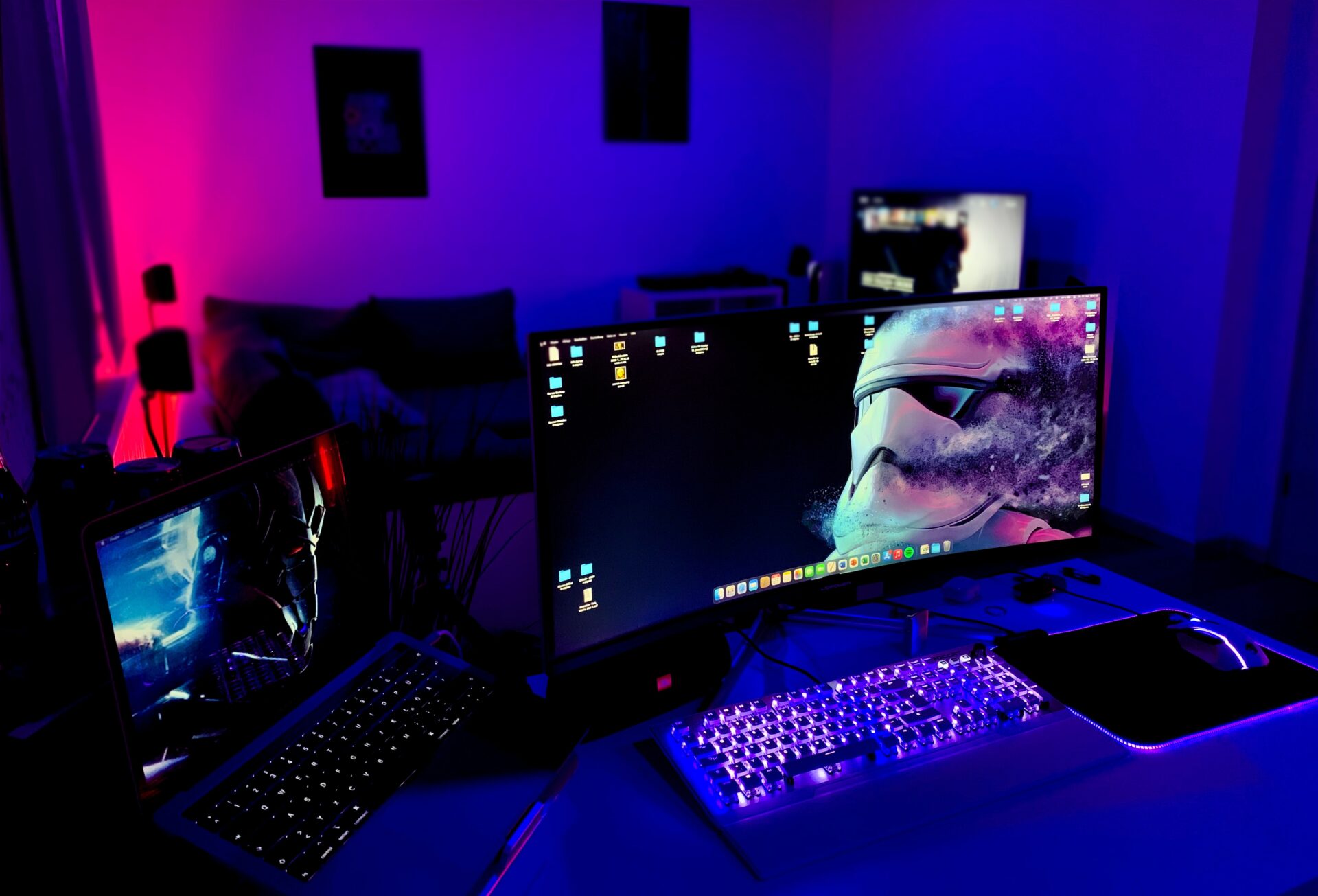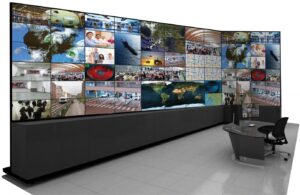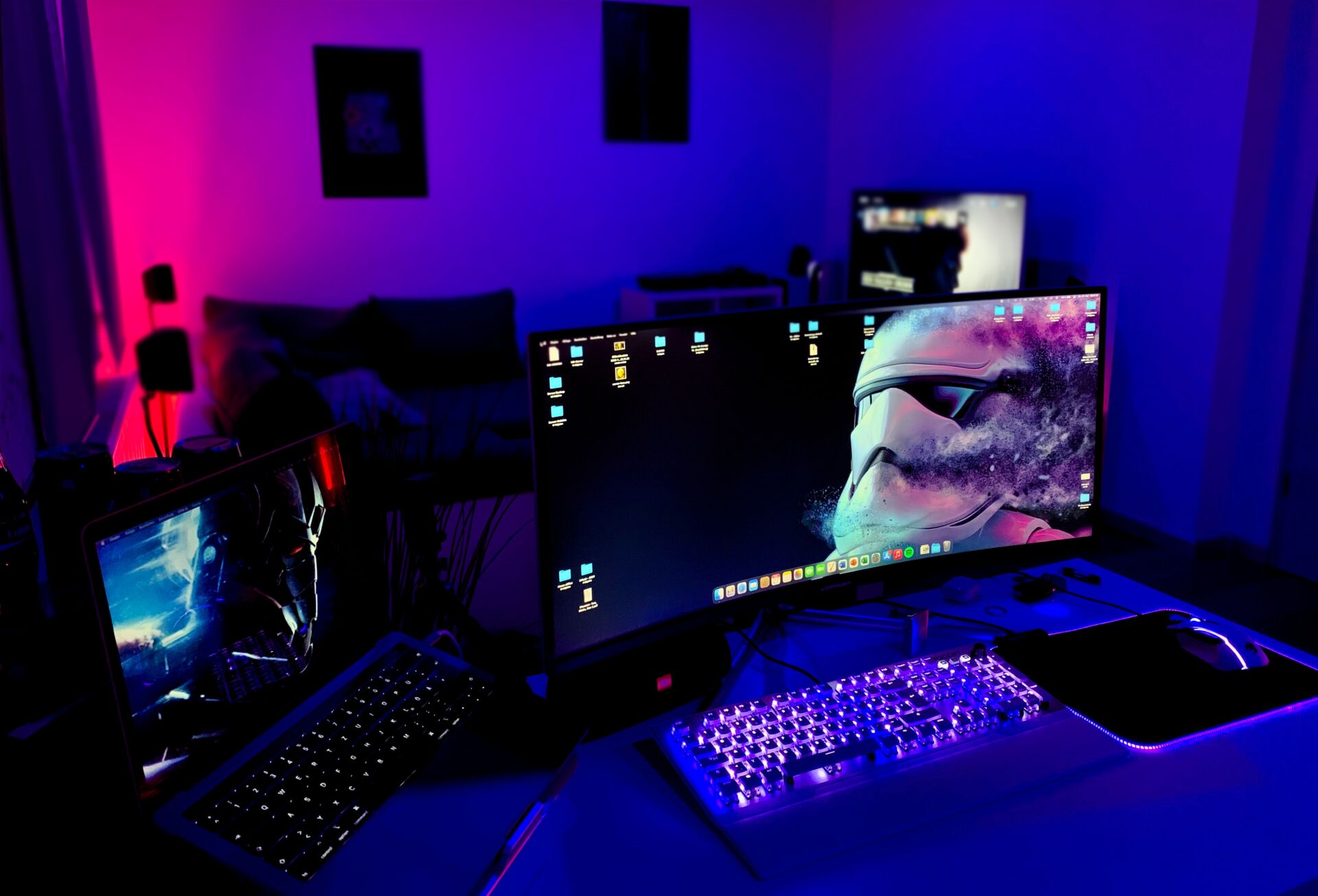Las pantallas LED se han vuelto cada vez más populares en diversos dispositivos electrónicos., desde televisores hasta teléfonos inteligentes. One of the key components that contribute to the visual quality of an LED display is the backlight. In this article, we will explore the different types of backlight technology used in LED displays.
1. Direct LED Backlight
Direct LED backlight, also known as full-array backlight, is one of the earliest backlight technologies used in LED displays. In this setup, an array of LEDs is positioned behind the display panel. These LEDs are responsible for illuminating the entire screen.
The advantage of direct LED backlighting is that it allows for precise control over brightness levels and local dimming. Local dimming refers to the ability to dim specific areas of the screen, resulting in improved contrast and deeper blacks. However, direct LED backlighting can be more expensive and thicker compared to other backlight technologies.
2. Edge LED Backlight
Edge LED backlighting is a more recent and commonly used technology in LED displays. Instead of having LEDs behind the display panel, edge LED backlighting places LEDs along the edges of the screen.
Edge LED backlighting offers a thinner and more lightweight design compared to direct LED backlighting. However, it may not provide the same level of control over local dimming and can result in less uniform brightness across the screen.
3. OLED Display
OLED (Organic Light-Emitting Diode) displays differ from traditional LED displays in terms of backlighting. Instead of using a separate backlight, each pixel in an OLED display emits its own light. This eliminates the need for a backlight layer, resulting in thinner and more flexible displays.
OLED displays are known for their excellent contrast ratio, colores vibrantes, and wide viewing angles. However, they can be more expensive to produce and are susceptible to burn-in, where static images can leave a permanent mark on the screen.
4. MicroLED Display
MicroLED is a relatively new display technology that shows promise for future LED displays. It utilizes an array of microscopic LEDs, each acting as an individual pixel. MicroLED displays offer similar benefits to OLED displays, such as high contrast ratio, wide color gamut, and fast response times.
MicroLED displays have the potential to provide even better brightness and energy efficiency compared to other backlight technologies. However, they are still in the early stages of development and are not yet widely available in consumer products.
Conclusión
The type of backlight technology used in an LED display plays a crucial role in determining its visual performance. Direct LED backlighting offers precise control over brightness and local dimming, while edge LED backlighting provides a thinner design. OLED displays eliminate the need for a separate backlight and offer excellent contrast and vibrant colors. MicroLED displays show promise for the future with their potential for improved brightness and energy efficiency.
When choosing an LED display, it’s important to consider the specific backlight technology used and how it aligns with your visual preferences and requirements.





